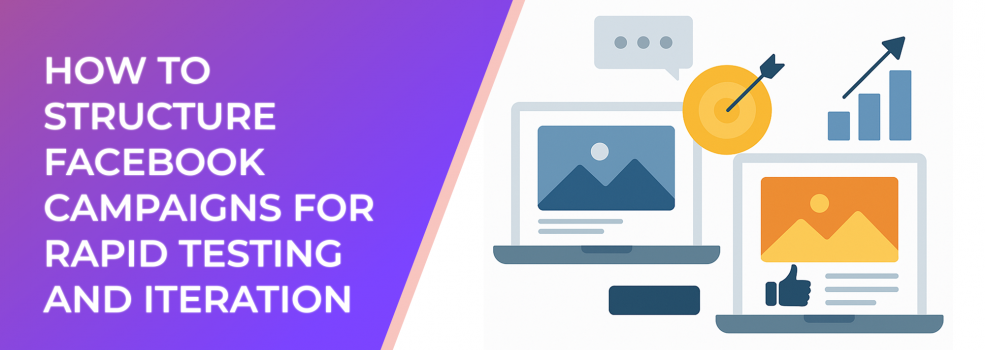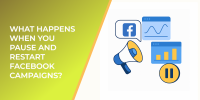Testing is the backbone of successful Facebook advertising. Without it, you’re essentially guessing which ad, audience, or placement might work. But when you structure your campaigns for rapid testing and iteration, you can quickly identify what’s working, cut what’s not, and scale with confidence.
In this article, we’ll break down the best way to organize your Facebook campaigns so that you’re not wasting ad spend, and we’ll show you how to use rapid testing to achieve better performance in less time.
Why Rapid Testing Matters
Facebook’s advertising ecosystem is highly competitive. According to industry benchmarks, the average click-through rate (CTR) across Facebook Ads is just 0.9%. That means fewer than 1 in 100 people who see your ad will click it. With such tight margins, small improvements in testing can have a huge impact.
Consider this: if you improve your CTR from 0.9% to 1.2%, that’s a 33% performance increase without raising your budget. Testing isn’t optional—it’s a multiplier for your campaigns.
Step 1: Start With Clear Campaign Objectives
Every test needs to be tied to a goal. Are you optimizing for lead generation, conversions, or awareness? Pick one, and structure your campaign around it. Don’t try to test multiple goals in the same campaign—it muddies the data.
Step 2: Separate Campaigns for Testing and Scaling
A common mistake advertisers make is testing within their main scaling campaigns. This creates noise and can make results unreliable. Instead:
-
Testing Campaigns: Small budgets, designed to quickly validate hypotheses.
-
Scaling Campaigns: Larger budgets, focused on proven creatives and audiences.
This separation ensures you don’t waste money scaling weak ads.
Step 3: Isolate Variables
Matrix view of how multiple ad elements combine into numerous test variations—illustrating why isolating a single variable is key
If you’re testing creatives, keep the audience and placement constant. If you’re testing audiences, keep the creative constant. This way, you’ll know exactly what caused a performance change.
Example structure:
-
Campaign: Testing New Audiences
-
Ad Set 1: Lookalike Audience
-
Ad Set 2: Interest-Based Audience
-
Ad Set 3: Retargeting Segment
-
Each ad set should use the same creative for clean results.
Step 4: Use Rapid Iteration Cycles
A rapid iteration cycle typically lasts 3–5 days. At this stage:
-
Launch multiple variations.
-
Monitor key metrics (CTR, CPC, CPA).
-
Cut underperformers quickly.
-
Scale winners into dedicated scaling campaigns.
This method prevents wasted ad spend while accelerating learning.
Step 5: Set Benchmarks and KPIs
Hierarchical flowchart illustrating the campaign → ad set → ad structure, showing how to separate testing and scaling for clearer results
Without benchmarks, you won’t know whether a test succeeded. Industry averages can guide you, but always refine based on your own account history.
-
CTR benchmark: 0.9% average, aim for 1.5%+
-
CPC benchmark: $1.72 average across industries
-
Conversion Rate benchmark: 9.2% average for landing pages
If your tests don’t beat these, keep iterating.
Step 6: Leverage Automation
Facebook’s built-in automation tools can make rapid testing more efficient:
-
Campaign Budget Optimization (CBO) to automatically allocate budget to the best-performing ad set.
-
Automated Rules to pause ads with high CPC or CPA.
-
Dynamic Creatives to test multiple headlines, descriptions, and images simultaneously.
These tools save time and reduce manual monitoring.
Outcome: The Benefits of Structured Testing
By structuring your campaigns for rapid testing and iteration, you’ll:
-
Identify winning creatives faster
-
Avoid wasting money on weak audiences
-
Scale proven campaigns with confidence
-
Improve return on ad spend (ROAS) consistently
The key is discipline. Resist the temptation to test everything at once, and instead, build a process that lets you learn faster with less waste.
Suggested Further Reading from LeadEnforce
If you want to dive deeper into Facebook advertising strategies, check out these articles:

